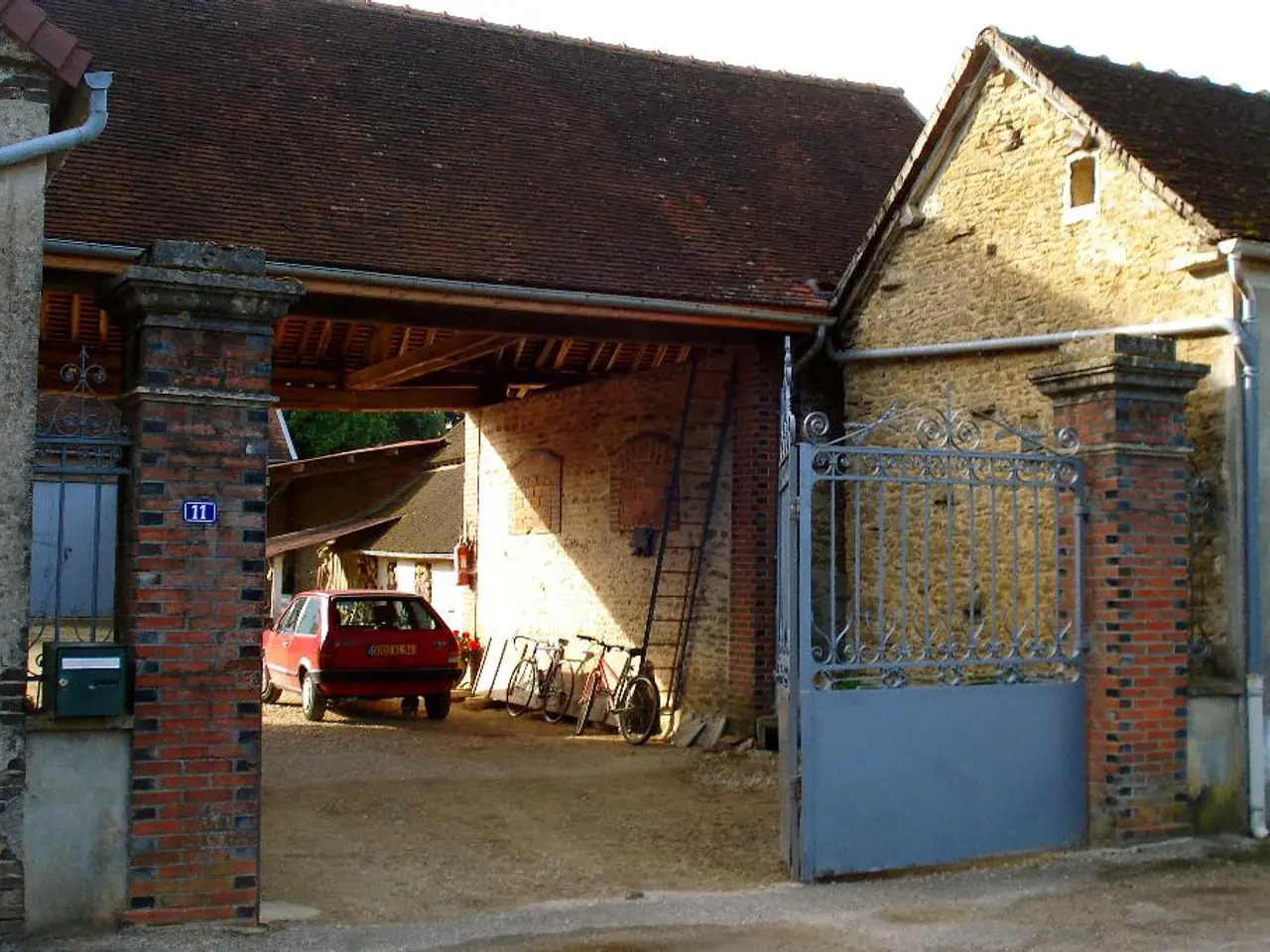Finance Minister Smotrich accelerates construction of settlements in the West Bank region of Israel
In a significant move, Israel's Finance Minister Bezalel Smotrich has advanced plans to build 3,400 additional settler homes in the E1 area of the West Bank, a decision that has sparked widespread condemnation both locally and internationally [1][2].
The E1 area, about 4.6 square miles between Jerusalem and the Israeli settlement Maale Adumim, is strategically important as construction there would effectively split the West Bank in two, severing one of the last territorial links between northern Palestinian cities like Ramallah and southern ones like Bethlehem. This project threatens to obstruct the territorial contiguity vital for a future Palestinian state and impose severe movement restrictions on Palestinians in the area [1][2].
The plan, which has already resulted in orders for Palestinian residents, including Bedouin communities in the area, to evacuate and demolition orders issued [1], has been paused for over two decades mostly due to pressure from U.S. administrations. However, it is now moving forward decisively under the current Israeli government, with explicit intentions to undermine the viability of a Palestinian state [2].
According to the United Nations, the Israeli settlements in the West Bank and East Jerusalem significantly impact the potential for a two-state solution as envisioned by the international body [3]. The settlements, which are considered illegal under international law [4], could potentially leave little contiguous territory for the Palestinians in a possible two-state solution.
The announced settlement construction is a contentious issue in the ongoing conflict between Israel and the Palestinians, with the Palestinians aiming to claim the territories for their own state, with East Jerusalem as the capital [5]. The Israeli settlements are viewed by the United Nations as a major obstacle to a peace settlement due to their impact on a possible two-state solution [3].
In response to this development, major international actors like the UK and France have announced plans to recognize a Palestinian state at the upcoming UN General Assembly unless Israel alters its policies toward the Palestinians and the Gaza conflict [1].
In summary, the settlement construction program endorsed by Bezalel Smotrich to build 3,400 settler homes in the E1 zone is progressing and symbolizes a major shift with significant implications for West Bank territorial fragmentation and the prospects for a Palestinian state [1][2]. The lack of contiguous territory for the Palestinians in a possible two-state solution, due to the Israeli settlements, is a concern that continues to be raised by the international community.
References: 1. "Israel approves plan to build 3,400 settler homes in West Bank's E1 area." Al Jazeera, 21 Aug. 2025, www.aljazeera.com/news/2025/8/21/israel-approves-plan-to-build-3400-settler-homes-in-west-bank-s-e1-area 2. "Israel approves controversial West Bank settlement plan." BBC News, 21 Aug. 2025, www.bbc.com/news/world-middle-east-59000335 3. "Israeli settlements in the West Bank and East Jerusalem." United Nations, www.un.org/unispal/document/auto-insert-206176/ 4. "Israeli settlements in the West Bank and East Jerusalem." International Court of Justice, www.icj-cij.org/en/case/131 5. "The Israeli-Palestinian conflict." Council on Foreign Relations, www.cfr.org/israel/israeli-palestinian-conflict
- The construction of 3,400 settler homes in the E1 area, a decision by Israel's Finance Minister Bezalel Smotrich, could potentially split the West Bank in two, severely affecting the prospects of a future Palestinian state and territorial contiguity, which is a key concern in ongoing political news and war-and-conflicts.
- The swift reactivation of the stalled settlement construction project in the West Bank's E1 area by the current Israeli government, under Minister Bezalel Smotrich, has garnered international condemnation and has become a significant issue in general news and politics, potentially obstructing the path to a two-state solution as envisioned by the international community.








